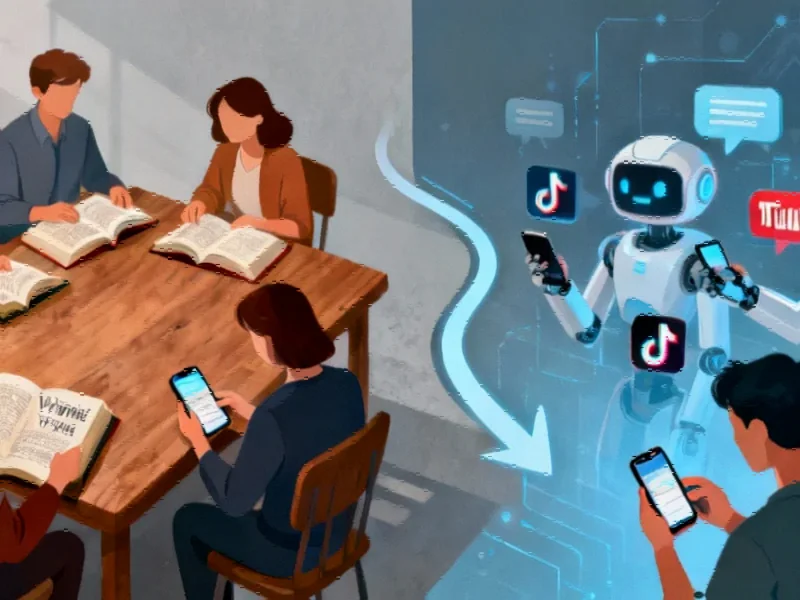According to Tom’s Guide, OpenAI has rolled out a major update that eliminates ChatGPT’s separate voice mode interface. Users can now speak and type within the same chat window without switching screens, creating a more fluid conversation experience. Responses appear in real time on screen, allowing users to view previous messages and shared visuals like images and maps while using voice. The update is currently rolling out to all users across web and mobile apps as the new default. For those who prefer the old way, a “Separate mode” option remains available in ChatGPT’s settings menu.
About time they fixed this
Honestly, this feels like one of those “why wasn’t it always like this?” moments. The previous setup where you had to jump into a dedicated voice mode was clunky and disruptive. You’d lose your chat history, couldn’t reference earlier messages, and basically had to start fresh every time you wanted to switch between speaking and typing.
Here’s the thing about AI assistants: they’re supposed to make life easier, not add friction. When you’re in the middle of a complex conversation—maybe planning a trip while looking at maps and restaurant recommendations—you don’t want to be bouncing between different interfaces. The new approach recognizes that real conversations aren’t neatly divided into “voice only” or “text only” segments.
Where this actually matters
Think about how people actually use these tools. You might start typing a question at your desk, then switch to voice when walking to a meeting. Or you could be driving and need to quickly ask something verbally, then want to review the response visually when you stop. The old system basically punished you for changing your interaction method.
And let’s be real—how many times have you abandoned using voice because it felt too disconnected from your main chat? I know I have. When you’re working through a complex problem or creative project, maintaining context is everything. This update finally acknowledges that basic reality.
Part of a bigger shift
This isn’t just about ChatGPT catching up with itself. We’re seeing all the major AI players—Gemini, Perplexity, Claude—moving toward more natural, multimodal interfaces. The goal seems to be creating AI that adapts to how humans actually communicate, rather than forcing us to adapt to the AI’s limitations.
But here’s my question: will this actually make voice more useful, or just less annoying? Voice AI still struggles with understanding context across longer conversations, dealing with background noise, and handling complex queries. Making the interface smoother is great, but it doesn’t solve the underlying accuracy issues that sometimes make voice feel like more trouble than it’s worth.
The bigger picture
OpenAI’s announcement positions this as making conversations “easier and more intuitive,” which honestly feels accurate. The ability to seamlessly switch between input methods could be particularly valuable for accessibility—people who find typing difficult can now mix voice and text as needed without losing their place.
Basically, this feels like one of those quality-of-life improvements that should have been there from day one. It’s not flashy, but it makes the product significantly more usable. Now if they could just make the voice responses feel less robotic and more natural, we’d really be getting somewhere.




